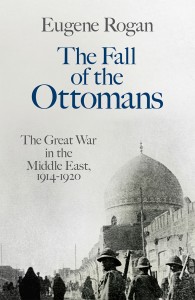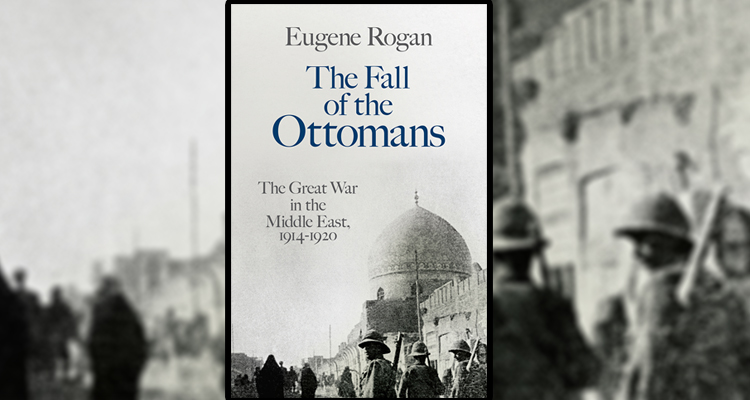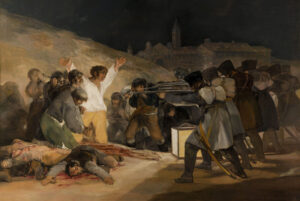 The Fall of the Ottomans
The Fall of the Ottomans
The Great War in the Middle East
By Eugene Rogan
512 pages. Basic Books, 2015. $32.
Reviewed by Anthony Paletta
IF THE TROUBLE WITH ACCOUNTS of most Western Front combat in World War I is a tendency for individual battles and campaigns to get subsumed in the larger muck and mire of trench warfare, the difficulty with the historiography of the war in the Middle East is exactly the reverse: Two campaigns, Gallipoli and Palestine, occupy a preeminent role in the popular imagination, and the larger Ottoman war is at best an afterthought. Eugene Rogan’s The Fall of the Ottomans: The Great War in the Middle East commendably fills this void.
The Ottoman Empire, shaken by two Balkan wars and reeling from decades of increasing dismemberment, found the Central Powers less eager than the Entente had been to pull apart its remaining limbs. By the time the Great War ignited, the Ottoman state was poorly equipped to function even in peacetime, let alone in war. Its early offensive efforts to take the Suez Canal and to expand into the Russian Caucasus ended in rapid failure. The empire seemed easy prey for the Entente. And yet, somehow it wasn’t.
Allied naval efforts to force the Dardanelles were an utter failure, soon complemented by the grinding debacle of the Gallipoli invasion. Precipitous Western advances in Mesopotamia brought about the worst British surrender in its history—13,000 soldiers at Kut-al-Amara. Efforts to advance in Palestine were hampered by resolute Turkish defense, and Russian advances sputtered in the Caucasus.
The scale of these battles was often small. Early offensives in the Caucasus pitted about 100,000 Turks against 80,000 Russians—fewer than the number of casualties at the first Battle of Ypres. Even Gallipoli, the largest struggle in the theater, involved trivial numbers of combatants compared to other fronts. These were unusually grim struggles, however; the Caucasus front involved the most forbidding terrain and weather of the war, aside from the Italian Alps. Gallipoli was, in the reckoning of many Entente combatants, a worse experience than the Western front, involving constant combat and no prospect of rotation (Rogan’s great-uncle was a casualty). The theater also featured the most colorful range of combatants, with much of the Entente war effort borne by French North African, Anzac, and Indian units.
As Rogan recounts, conflict in the theater often turned more on the initiative of individuals than in other theaters. The success of Edmund Allenby and T. E. Lawrence and the Arab Revolt must be contextualized against the nimble local direction of many Turkish fronts and the considerably broader success of the Ottomans at holding their frontiers.
The Ottoman frontiers, as broad as they were, involved many intriguing sideshows: naval raiding in the Black Sea, small-scale combat around Aden, guerrilla war against Italy in Libya, and the assorted intrigues preceding the Arab Revolt—as well as the horrifying spectacle of the Armenian genocide. Rogan also covers the details of efforts to raise the banner of Islam against the Entente. Efforts at jihad, largely miserable failures, did manage to induce the defection of some Indian and French North African colonial prisoners of war; separated from other combatants and treated well, they sometimes joined the Ottoman effort.
The Ottoman banner, ultimately, was too tattered to inspire much enthusiasm, but, as with many empires, it displayed a final burst of energy amid its last breaths.
Anthony Paletta writes the Spaces column for the Wall Street Journal and contributes to Metropolis, The Awl, and The Daily Beast.


.jpg)



